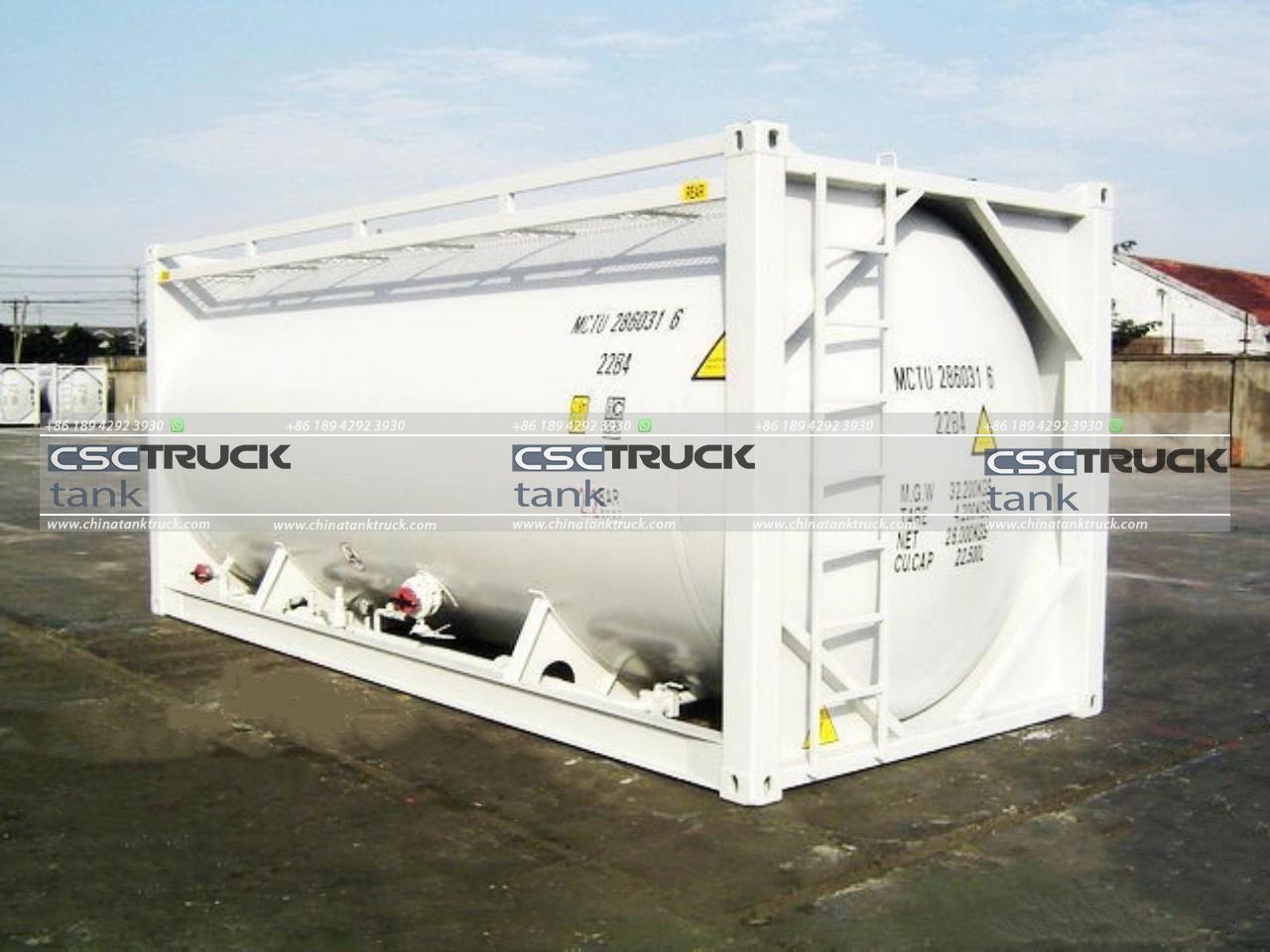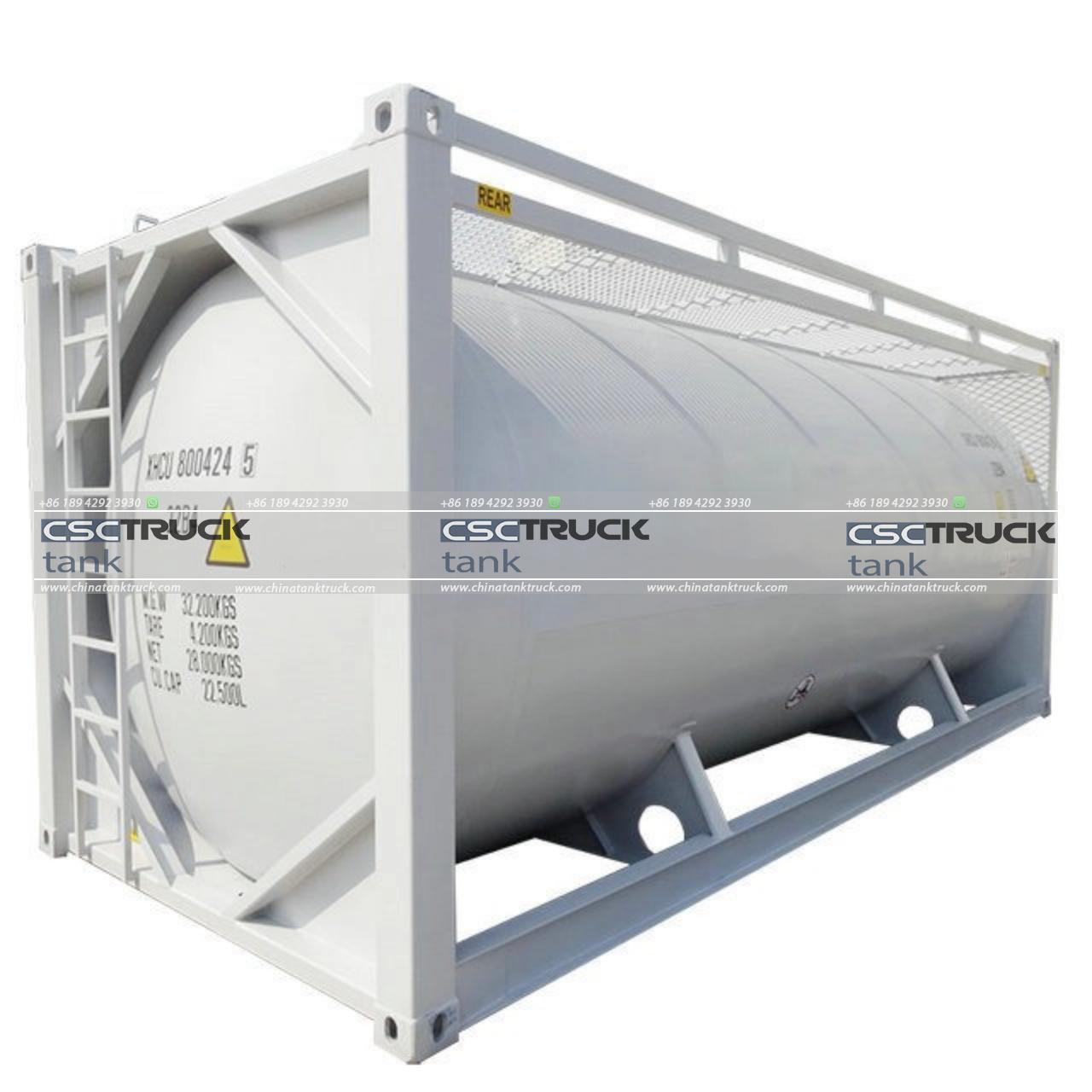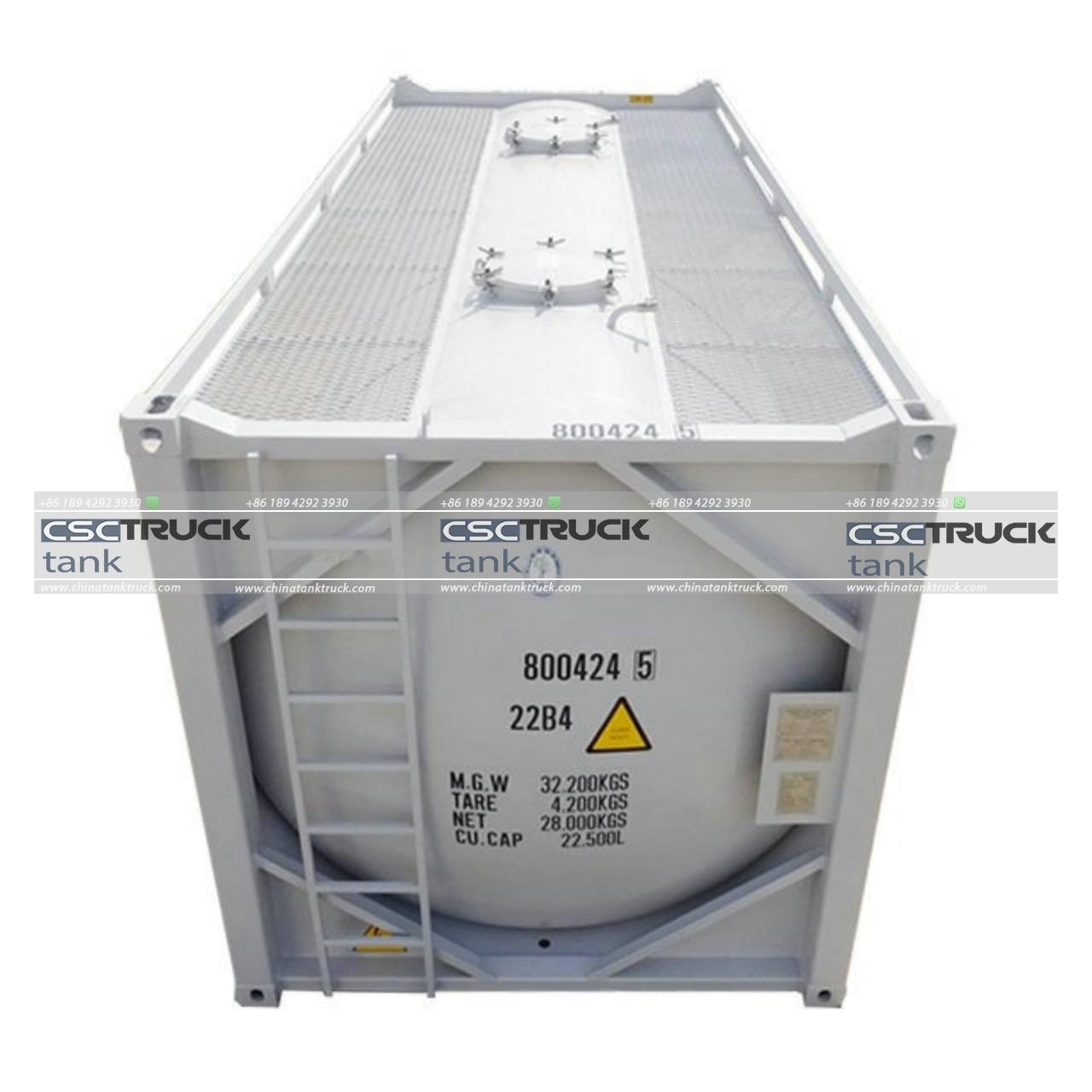What is the Alternative to ISO Tanks?
ISO tanks, or International Organization for Standardization tanks, have become the industry standard for transporting bulk liquids and gases across the globe. These tanks are versatile, durable, and compliant with international regulations, making them the go-to solution for bulk transport. However, as industries evolve, so does the need for alternatives that address various challenges posed by ISO tanks, such as cost, flexibility, and environmental impact. This article explores the alternatives to ISO tanks, their advantages, and disadvantages, and the scenarios in which they may serve as viable options.
1. Flexitanks: A Cost-Effective and Flexible Alternative
One of the most popular alternatives to ISO tanks is the **Flexitank**. Flexitanks are essentially large, flexible, single-use bladders that are fitted into a standard shipping container. These tanks are widely used for the transport of non-hazardous liquids such as edible oils, wine, chemicals, and water.
Benefits of Flexitanks:
– Cost Efficiency: Flexitanks are often more affordable than ISO tanks, especially for one-time shipments. This is because they do not need to be returned after use, reducing the need for expensive backhaul or reverse logistics.
– Increased Payload: Flexitanks can hold more liquid compared to standard drums or intermediate bulk containers (IBCs), maximizing the use of container space.
– Ease of Installation and Use: Flexitanks can be easily fitted into standard 20-foot containers, making them accessible and versatile for a wide range of logistical networks.
– Reduced Environmental Impact: Flexitanks are single-use but can be recycled after use. Moreover, the reduced need for additional packaging material (like drums or IBCs) means less waste overall.
Drawbacks of Flexitanks:
– Limited to Non-Hazardous Cargo: Flexitanks are typically not suitable for the transport of hazardous materials. This limitation makes them less versatile than ISO tanks, which are designed to carry both hazardous and non-hazardous goods.
– Risk of Leaks: While Flexitanks are designed to be sturdy, they can be more prone to leaks or punctures compared to the rigid structure of ISO tanks.
– Single-Use Nature: Although Flexitanks can be recycled, their single-use design means they generate more waste than reusable ISO tanks.

2. Intermediate Bulk Containers (IBCs): Versatile and Reusable
Another alternative to ISO tanks is the **Intermediate Bulk Container (IBC)**. IBCs are used across various industries for storing and transporting liquids, pastes, and granulated substances. These containers are typically made of plastic or metal and have a rigid frame that makes them stackable and easy to handle.
Benefits of IBCs:
– Cost-Effective for Small Shipments: IBCs are ideal for smaller quantities of liquids, making them more cost-effective for businesses that do not need to transport bulk amounts.
– Reusable: Unlike Flexitanks, IBCs are reusable, which can reduce the overall cost of transport for companies with regular shipments.
– Compatibility with Different Modes of Transport: IBCs are compatible with road, rail, and sea transport, making them a versatile option.
– Ease of Storage and Handling: The standardized dimensions and stackability of IBCs make them easy to store and handle in warehouses or during transport.
Drawbacks of IBCs:
– Limited Capacity: IBCs typically hold less than ISO tanks, which may require more containers for larger shipments. This can drive up costs for businesses that need to transport large volumes of liquid.
– More Handling Requirements: Because IBCs are smaller than ISO tanks, they often require more handling, increasing the labor and time associated with loading and unloading.
3. Drums: Traditional and Accessible
Drums have been a standard packaging method for liquids for many years and remain an alternative to ISO tanks in certain situations. Drums are available in various materials, including steel, plastic, and fiber, and are used to transport a wide range of liquids and semi-solids.
Benefits of Drums:
– Widely Available: Drums are widely used and available in many regions, making them an accessible option for businesses that do not have access to ISO tanks or other alternatives.
– Affordable for Small Quantities: Drums are cost-effective for small shipments, particularly for businesses that do not need to transport large quantities of liquid.
– Variety of Materials: Drums come in different materials, which can be selected based on the type of liquid being transported (e.g., corrosive or non-corrosive substances).
Drawbacks of Drums:
– Inefficient Use of Space: Drums do not optimize the available container space as efficiently as ISO tanks or Flexitanks, which can increase transport costs for larger shipments.
– Higher Labor Costs: Loading and unloading individual drums require more manual handling, which can lead to higher labor costs compared to bulk transport options like ISO tanks or Flexitanks.
– Limited Reusability: Drums, particularly fiber drums, are often single-use and need to be disposed of or recycled after transport, increasing waste and environmental impact.

4. Tank Containers: A Close Competitor to ISO Tanks
Tank containers, often referred to as bulk liquid containers, are similar to ISO tanks in that they are designed for the transport of liquids, gases, and powders. However, they are not always built to ISO standards and may offer more flexibility in terms of size and shape. Tank containers are commonly used in the food and chemical industries.
Benefits of Tank Containers:
– Flexible Sizes: Unlike ISO tanks, which are built to strict dimensional standards, tank containers can be customized to meet specific volume or size requirements.
– Reusable: Like ISO tanks, tank containers are durable and reusable, making them a sustainable option for businesses that need to ship large volumes of liquid regularly.
– Compatible with Various Cargo Types: Tank containers can be used to transport both hazardous and non-hazardous materials, similar to ISO tanks.
Drawbacks of Tank Containers:
– Higher Cost: Custom-built tank containers can be more expensive than standard ISO tanks, particularly if they are made to unique specifications.
– Limited Availability: Because they are not as widely standardized as ISO tanks, tank containers may not be as readily available in certain regions.
5. Pipelines: The Ultimate Fixed Solution
For the transportation of bulk liquids over land, pipelines offer a fixed, long-term alternative to ISO tanks. Pipelines are primarily used for the transport of oil, gas, and water across large distances, reducing the need for continuous shipments via road, rail, or sea.
Benefits of Pipelines:
– Highly Efficient for Continuous Transport: Pipelines provide a continuous, uninterrupted flow of liquids, making them ideal for industries that require large volumes of liquid to be transported over long distances.
– Reduced Environmental Impact: Pipelines can significantly reduce the carbon footprint associated with the transport of liquids by eliminating the need for trucks, ships, or trains.
– Cost-Effective for Long-Term Use: While pipelines have a high initial cost, they become more cost-effective over time due to their efficiency and reduced operational costs.
Drawbacks of Pipelines:
– High Initial Investment: The construction of pipelines requires significant capital investment and is only feasible for large-scale, long-term projects.
– Limited Flexibility: Once a pipeline is built, it can only transport liquids between fixed points, making it unsuitable for industries that require more flexibility in their supply chain.
– Environmental and Regulatory Concerns: The construction of pipelines can lead to environmental disruption, and strict regulations must be followed to ensure safety and compliance.

Conclusion
While ISO tanks remain a dominant method for transporting bulk liquids and gases, several alternatives offer various advantages depending on the needs of the business. Flexitanks are cost-effective and flexible for non-hazardous liquids, while IBCs and drums provide accessible options for smaller quantities. Tank containers offer a customizable solution for industries that require more flexibility, and pipelines serve as a highly efficient, long-term alternative for fixed routes. The choice of alternative depends on factors such as cost, volume, environmental impact, and the nature of the cargo being transported. Each option has its trade-offs, and businesses must carefully assess their requirements to select the best alternative to ISO tanks.

